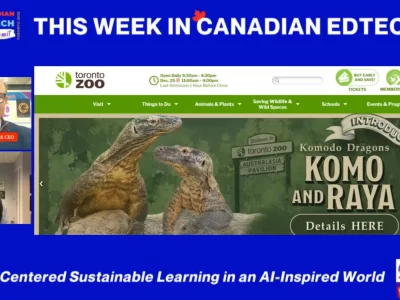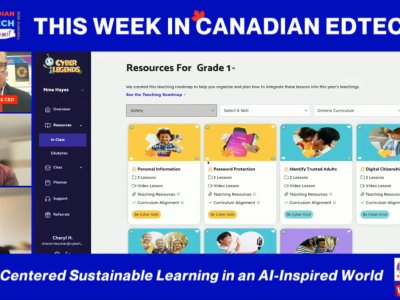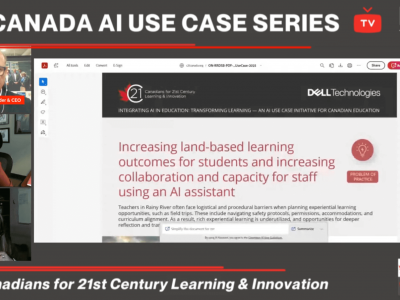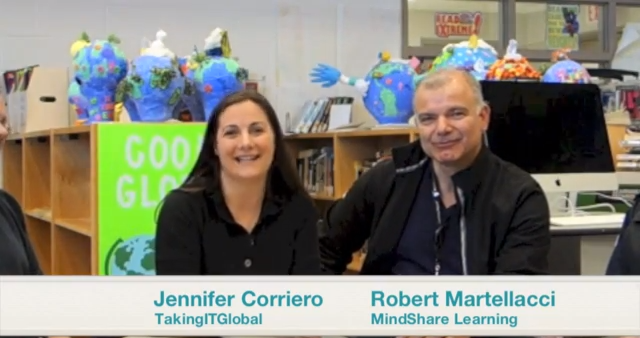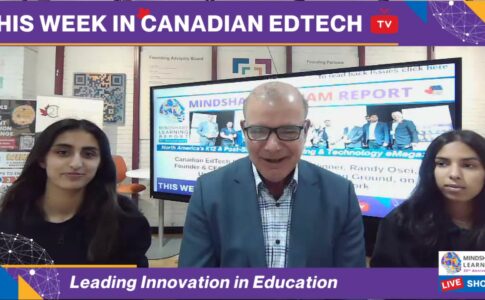Contributed by Angela Maiers
I was thrilled and excited to see this months issue of Educational Leadership devoted to conversations about literacy and what being literate means in a global, digital space. As I devoured the issue, I reflected on my own literacy evolution.
I learned early on what it took become a member of what Frank Smith called the “Literacy Club” . Acceptance and membership was defined then by the thickness of the book, the speed of the tongue,and amount one’s brain could hold (at least until test time rolled around.) Comprehension was something that happened when the work with words was done.
I read differently now. I have learned that knowledge is both a cause and a consequence of comprehension. I am active and mindful of the work involved. I continue to challenge myself exploring both on and offline sources of information and inspiration. I am flexible as I move between these spaces; conscious of how to adjust and adapt the strategies I need to interact with and understand text in different forms and multiple mediums. Reading is not desk work – it is lifework. I understand it is through and with others that I acquired knowledge, gain perspective, deepen awareness, and begin to understand myself and my place in the world.
I share my reading story with you because many students see membership to the “literacy club” dependent on their ability to move through a masterable set of hierarchical skills:First, learn the sounds, then the letters, moving onto words and phrases, and finally, once that’s all straight, THINKING! .
It worries me that if we base Instruction on a conceptualization of reading as a single line of development from simple to more complex tasks, it will perpetuate the myth that “learning to read” is over and done with by third grade, or that only the “bluebird” group is eligible for “premier membership and benefits.”
I want students to see reading as a life long endeavor, that grows in competence and confidence the more it is practiced across increasing more difficult and diverse text. In anera of new literacies, we are in a simultaneous state of learning to read and reading to learn. Think about it – Who’s in the:
- Blog Literacy Club?
- Twitter Literacy Club?
- Financial Literacy Club?
- Media Literacy Club?
- Ning Literacy Club?
Aren’t we all emergent readers when we encounter new texts and mediums that push the boundaries of genre, form, format, and mode;on and offline?
The Rules of the Literacy Club have changed – all members, regardless of age or grade, are expected to:
- Be active
- Be strategic
- Be flexible
- Be mindful
- Be reflective
- Be purposeful
- Be courageous
- Be engaged
- Be responsible and responsive
I am proud to say, this is the reader I am today. Unfortunately,I was not taught to be that reader in school. If we are serious about Literacy 2.0, these are the lessons we must pass on to our students. No longer is being fastest and first done the goal. Let our students know that membership into the literacy club is a lifelong honor, affording them privileges and pleasures of engaging in the world in remarkable ways. The doors are always open, new members are celebrated, and we always welcome back those who have fallen away.
Photo on Flickr by Strobist

